A Weed Killer Is Not the Same as a Weed Preventer
How to make sure you’re using the right weed control product to achieve the results you want.
Annual euphorbias are mounded, white-blooming one- to two-foot plants that look much like the popular wedding flower baby’s breath, but they’re actually more closely related to the poinsettia. They flower best in full sun.
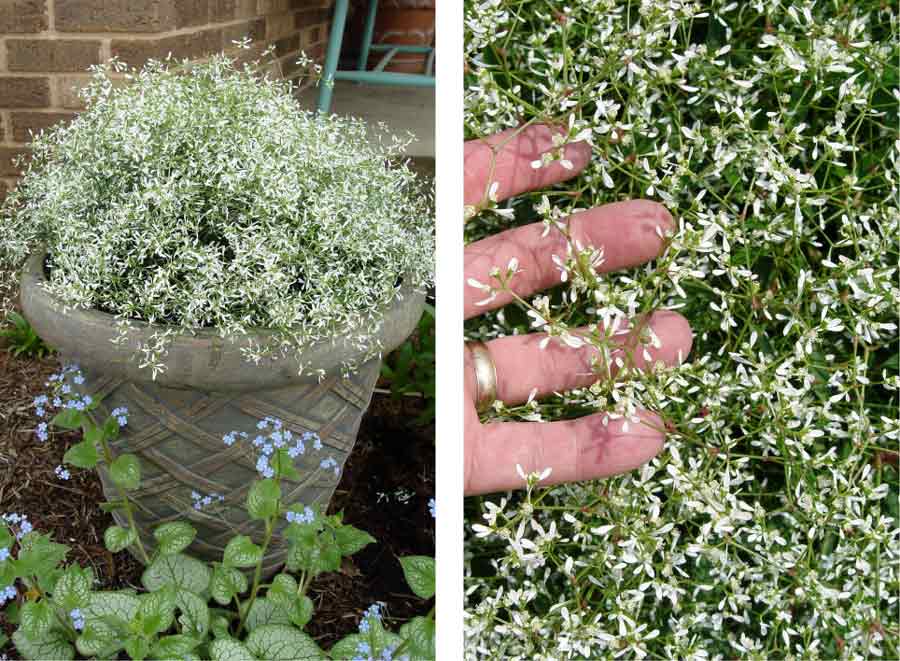
Euphorbia: Annual euphorbias look like baby's breath flowers, but they're not dainty in performance at all. George Weigel
Angelonia is another annual that’s little known. They send up flower spikes that look like snapdragons, which explains their nickname of “summer snapdragons.”
The flowers look dainty and almost orchid-like, but they’re exceptionally tough in heat and drought and are seldom bothered by bugs, disease, or animals. Angelonias come in purple, pink, white, bluish-purple, and lavender and do best in full sun.
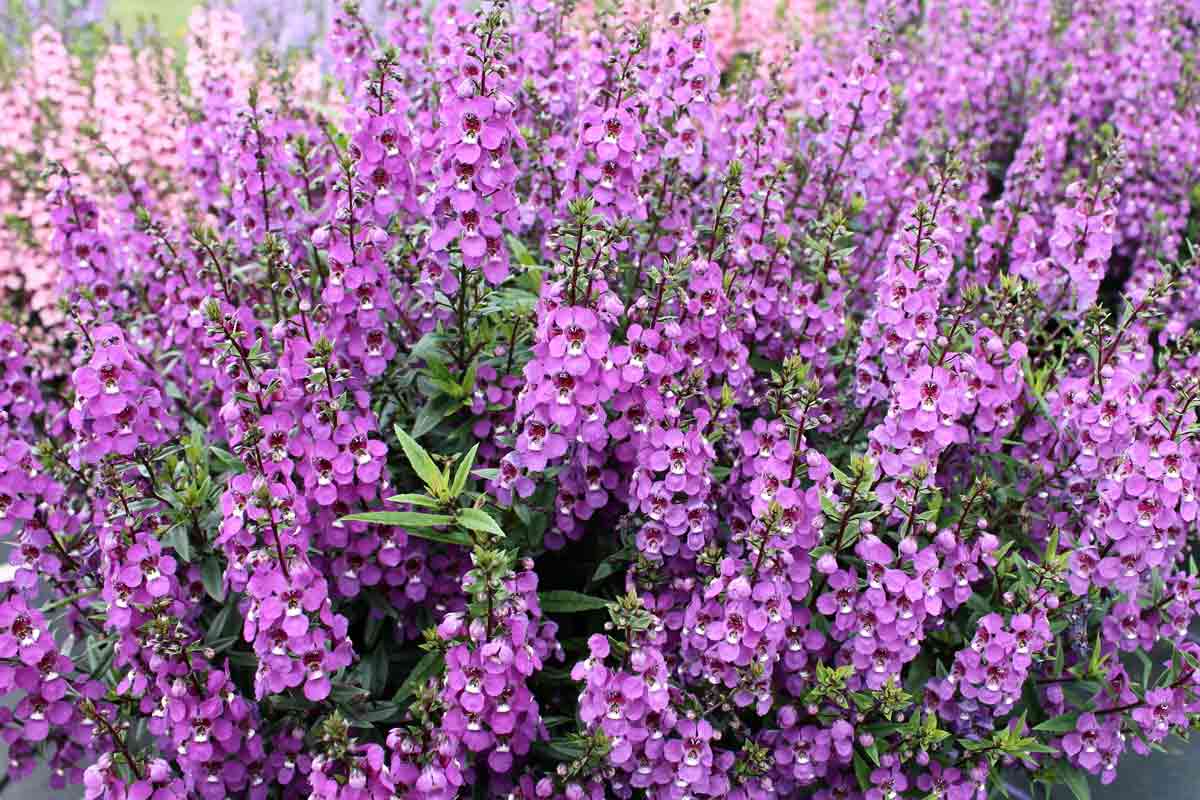
Angelonia: Angelonia flowers look a bit like snapdragons or even orchids, but they're among the toughest of summer performers. George Weigel
Also known as a ‘fanflower’, scaevola is an excellent spreading/trailing annual that blooms primarily in bluish-purple but also in darker purple, pink, and white. The flowers are arranged like little fans, which explains the nickname.
Scaevola does best in partly shaded hanging baskets or pots but also can do full sun.
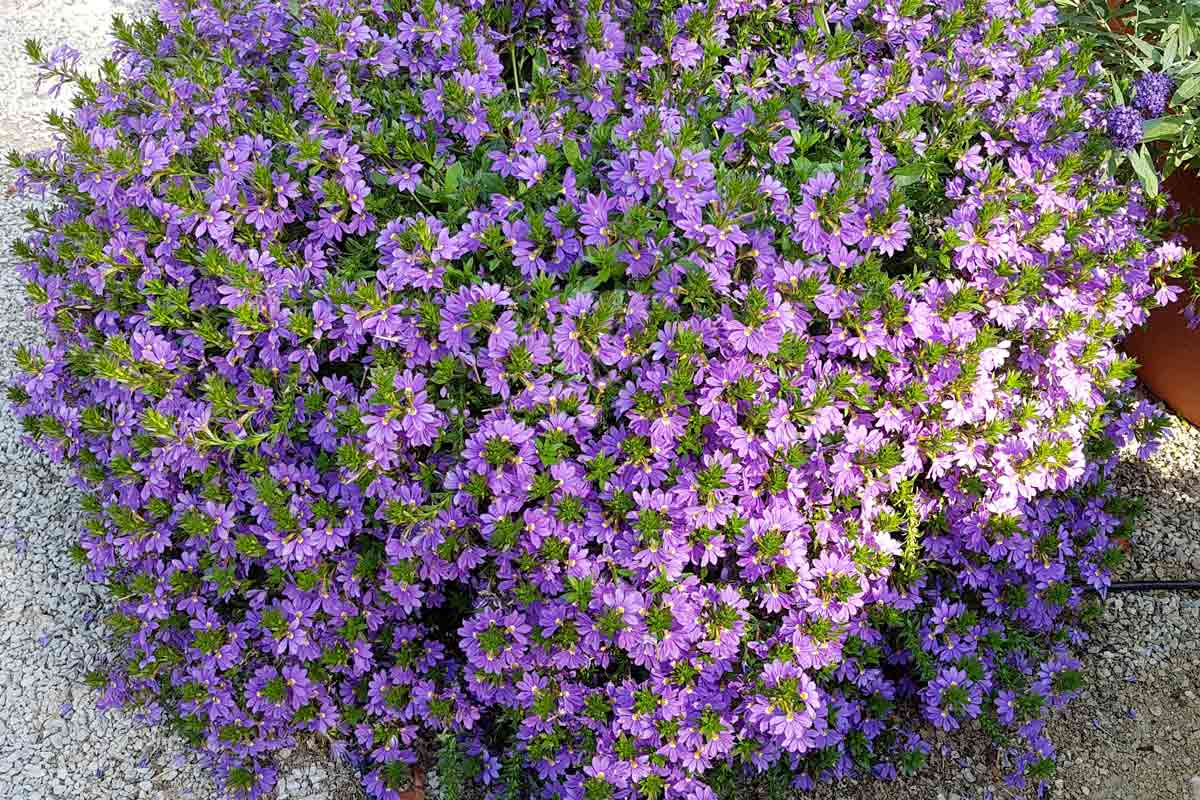
Scaevola: Scaevola, also referred to as a 'fan flower', is great for hanging planters either in full or partial shade. emer1940 / iStock / Getty Images Plus
This 3- to 4-inch-tall gold-blooming creeper is scarcely known even by avid gardeners. It’s heavy in bloom, not attractive to animals, as good in the ground as trailing out of pots and baskets, and is excellent in heat and drought. Just avoid wet clay or too much shade.
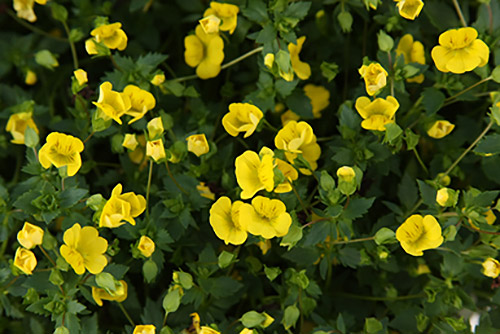
Mecardonia: Mecardonia will feriousously bloom with many small, beautiful golden flowers. Photo courtesy of Proven Winners. Proven Winners
Petchoas are the newest of the new and are a cross of the familiar petunia and the less familiar but similar-growing calibrachoa (also known as “million bells”).
Petchoas ideally offer the best traits of both parents, resulting in a heavy-blooming trailer with the flower power of petunias and the brighter colors of calibrachoa. These are best grown in containers or hanging baskets, in full sun to light shade.
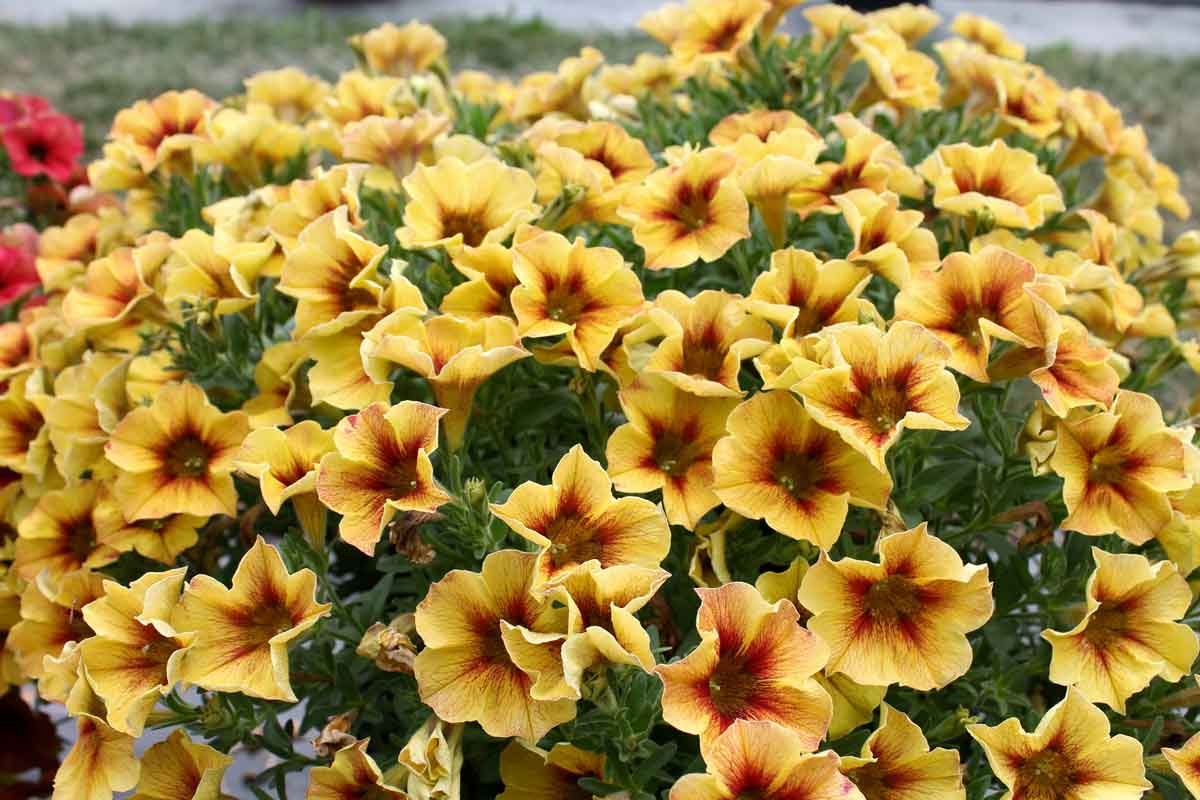
Petchoa: Petchoa is a cross between petunias and calibrachoa, a.k.a. "million bells." This one is named SuperCal Premium Caramel Yellow. George Weigel
Sometimes called Joseph’s coat, this amaranth-family plant comes in a variety of sizes and leaf colors. The best ones for annual beds are the low types with burgundy leaves, such as ‘Little Ruby,’ ‘Purple Prince,’ Plum Dandy™, and ‘Red Threads.’
Alternantheras put out rich color all season from the leaves and make an excellent front-of-border edging at only six to 12 inches tall. They’ll do full sun to mostly shaded spots, and they tolerate dry soil. Animals seldom mess with them.
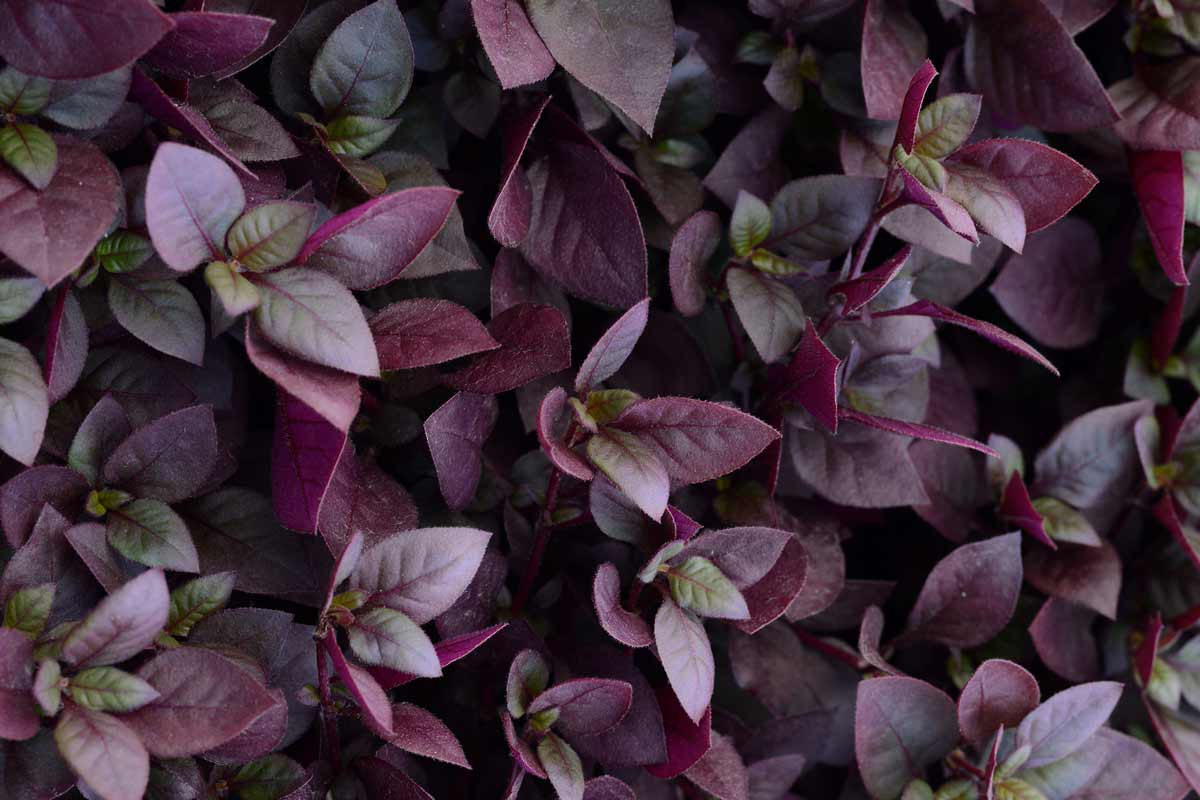
Alternanthera: Alternantheras will provide rich color to your garden all season, growing well in both full sun to mostly shaded areas. Proven Winners
Digiplexis is a new cross between digitalis (foxglove) with isoplexis (a colorful cousin native to the Spanish Canary Islands).
Illumination Flame® is the one you’ll likely find, and it has hefty flower spikes on three-foot-tall stems. Flowers bloom in a blend of red, hot fuchsia, orange, and yellow. ‘Berry Canary’ is a newer variety that blooms hot pink with creamy yellow throats.
They’re especially nice as the centerpiece of sunny pots.
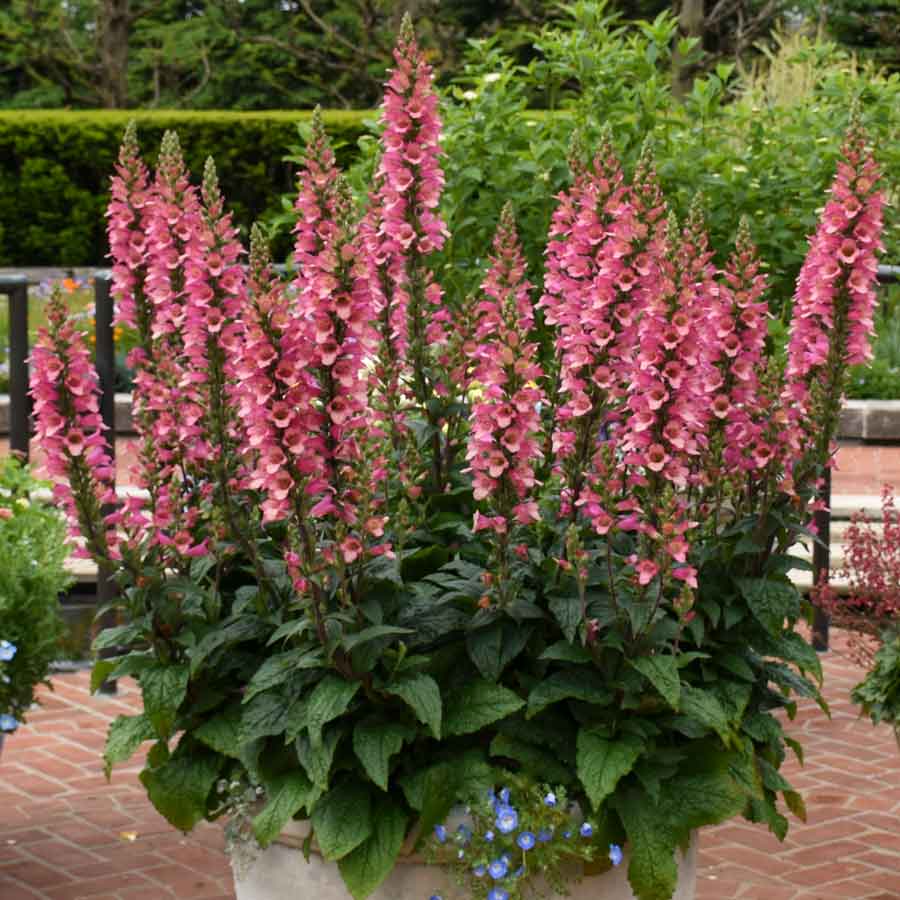
Digiplexis: This 'Berry Canary' variety of Digiplexis blooms beautiful, hot pink flowers. Walters Gardens